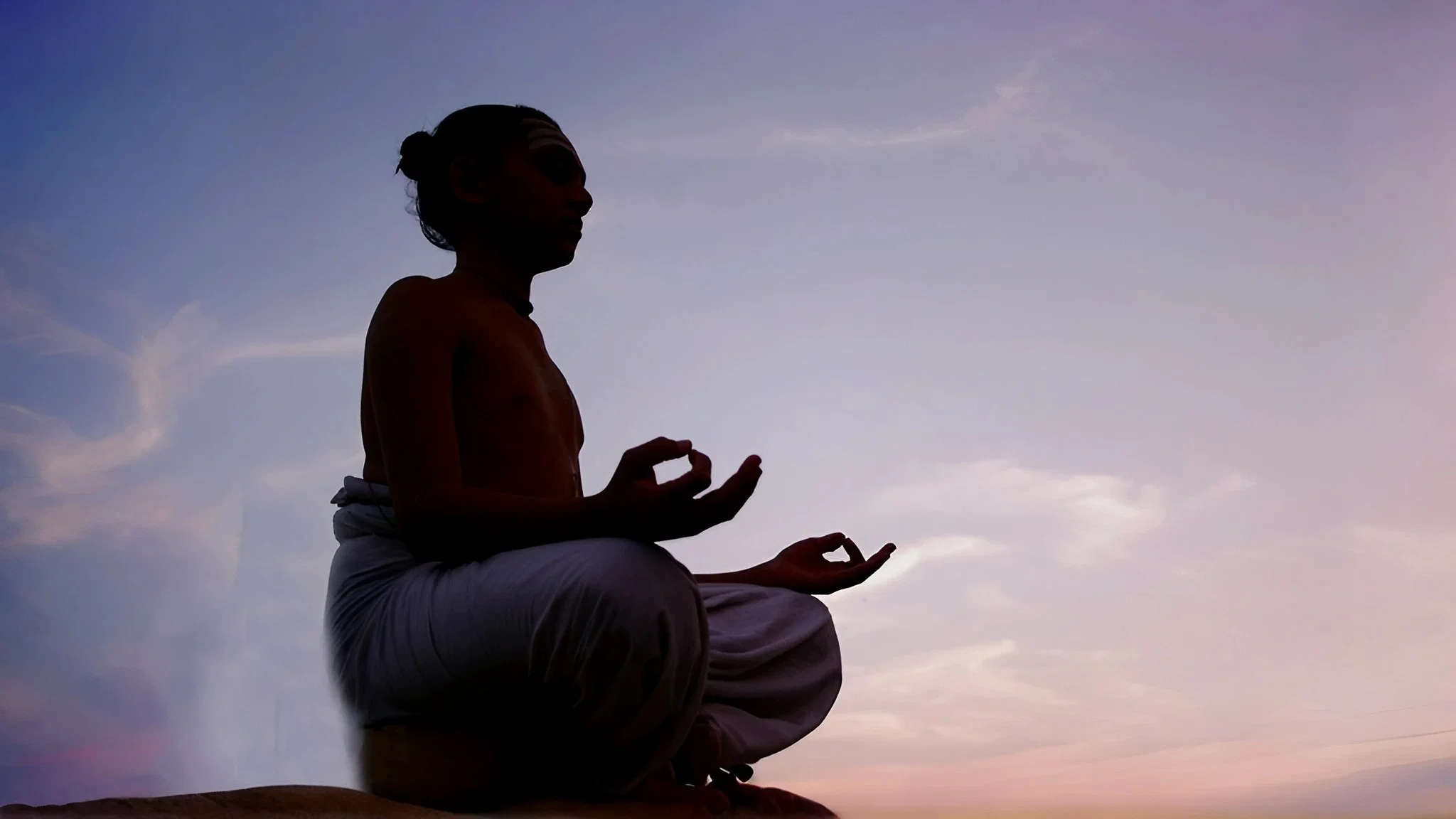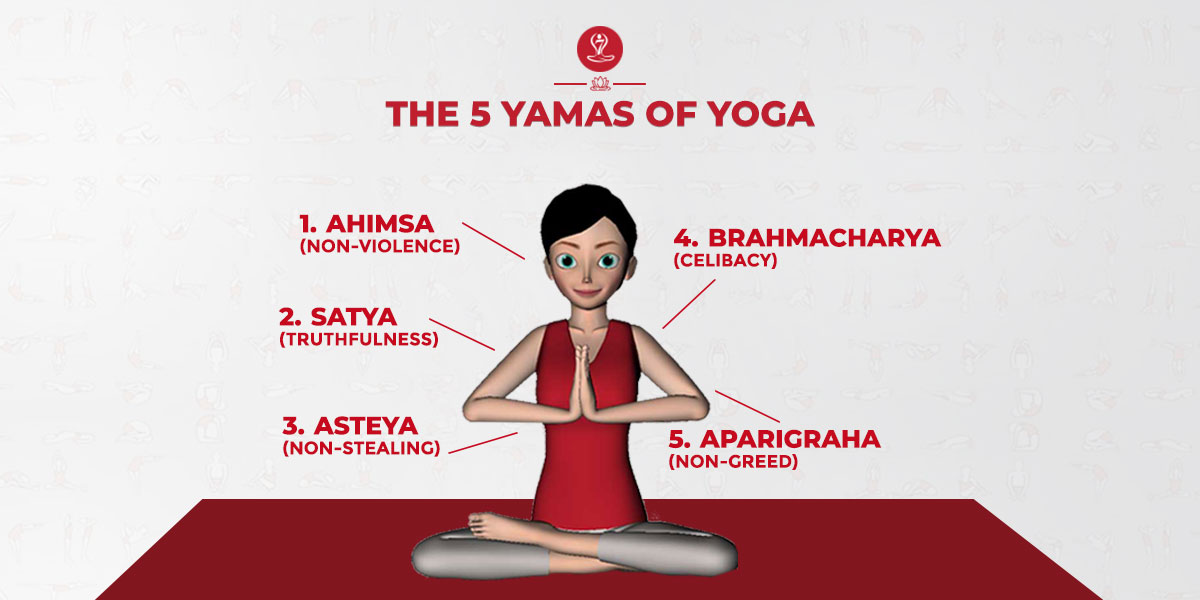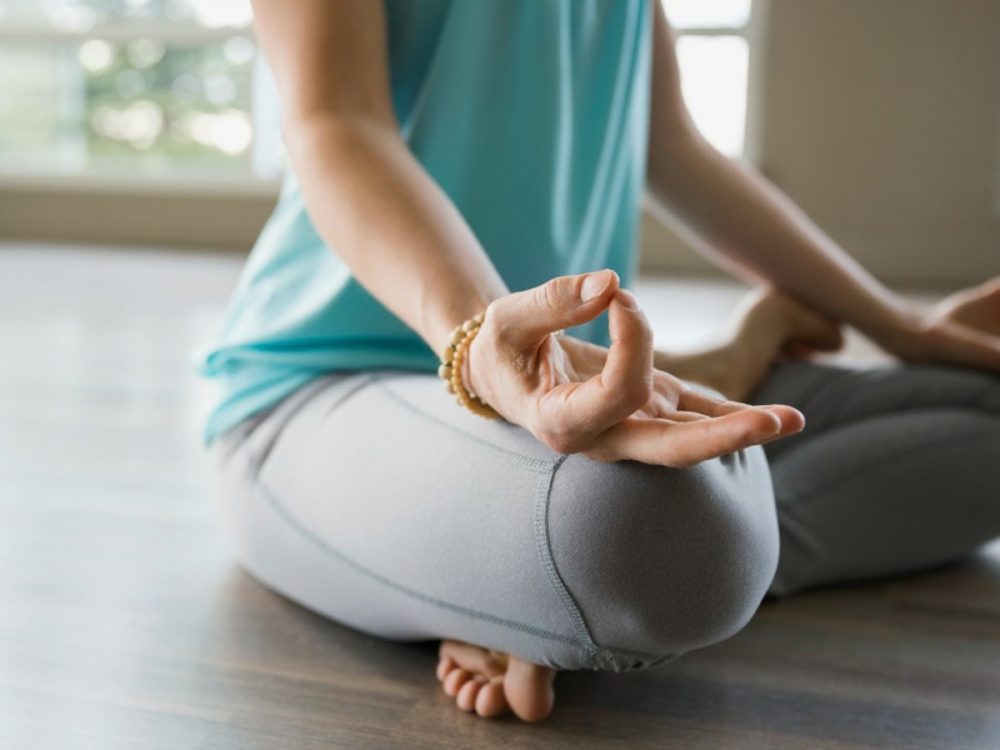There are eight ‘limbs’ to the Yoga Sutras, each describing a different aspect of the yoga practice, and a different step on the ladder to realization. The Yama & Niyama, are the first two limbs of Yoga according to the ‘The Yoga Sutras of Patanjali’
Yama and Niyama, are the foundation of the ashta angas of Yoga. By the practice of Yama and Niyama, the practitioner’s mind can be purified and made subtle, as the beginning of all practices is the mental preparation, to be followed later by the physical steps, or Asanas. Yamas can be loosely translated as restraints and Niyamas as observances that one has to follow to begin the practice.
Two Limbs of Yoga: The Yama & Niyama

The Yama
The word ‘yama’ is often translated as ‘restraint’, ‘moral discipline’, or ‘moral vow’. The Yamas traditionally guide us towards practices concerned with the world around us
, and towards ourselves.
image source: https://7pranayama.com/
The five Yama are:
- Ahimsa
- Satya
- Asteya
- Brahmacharya
- Aparigraha
relating both to the physical as well as mental plane.
Ahimsa or non-violence is the first Yama. Most often, non-violence is considered an act applicable only on the physical plane. However, Ahimsa can happen only when one minutely studies violence or himsa in one’s nature under different circumstances in the world. Conflicting thoughts, anger, and having a strong dislike for something or someone are all forms of violence or himsa. Until one recognizes the subtle ways in which we exhibit himsa in our day-to-day life, we will not be able to move towards Ahimsa.
Satya or truth is the second Yama. If one is aiming to find the absolute Truth, then one must abide by the truth in all activities of their life. Like non-violence, truth should be practiced in the mental plane, in our thoughts first, so that it naturally gets translated into our speech and action.
Asteya or non-stealing is the third yama. When one wants something that belongs to someone else, that itself becomes an act of stealing. To move towards Asteya, it is best to understand that the world is for everyone to enjoy and not especially for us to own or possess. One must be grateful, and thereby reduce the urge to covet.
Brahmacharya or sexual restraint is the fourth yama. Sexual energy is a tremendous force that can be harnessed to reach higher and subtler realms. By disciplining one’s mind, this creative force comes under the control of the practitioner of Yoga. This can then be used to understand Truth or Brahman, seamlessly transforming humans into the divine being he/she is.
Aprigraha or non-possession is the last or the fifth yama. It can be practiced by developing an understanding of the ephemeral nature of all our possessions including our body that will anyway, by its very nature, not be with us forever. This thought liberates us from attachment and helps us simplify our lives to only the necessities.
The Niyama
The word ‘Niyama’ often translates as ‘positive duties’ or ‘observances’, and is thought of as recommended habits for healthy living and ‘spiritual existence’.
image source: https://www.fitsri.com/
Niyama or observance includes:
- Sauca
- Santosha
- Tapah
- Svadhaya
- Ishwara Pranidhana.
Sauca means purity and cleanliness. On the mental plane it means to refrain from having hatred or ill will towards anyone.
Santosha can be translated as contentment. A cheerful mind comes from a mind devoid of distractions, resting in the Purusha, and a deep understanding of the oneness of the world and the beings in it.
Tapah or austerity is derived from the Sanskrit word meaning heat. The fire of austere practices moves our actions towards the desired goal of Samadhi, by destroying all our impurities. It then ignites the fire of desire to find the Truth and hence all our actions towards the fulfilment of that desire become Tapasya.
Svadhaya is the study of one’s self, nature, and dealings with the world. It also includes the study of scriptures.
Ishwara Pranidhana is dedication or one-pointed attention to Ishwara (or Purusha according to Yoga). This last Niyama eases the mind completely into Samadhi.
Iyengar describes the two limbs, Yamas and Niyamas as the ‘golden keys to unlock the spiritual gates’, as they transform each action into one that originates from a deeper and more ‘connected’ place within ourselves. Faithful adherence to the Yama & Niyamas leads the practitioner towards the desired goal. With lifestyle changes and constant practice, one is prepared to receive the grace to advance on the spiritual path. Whether you consider yourself ‘spiritual’ or not though, and whether you practice yoga or not, these are all ways in which we can help ourselves and the world around us to be a better place.
